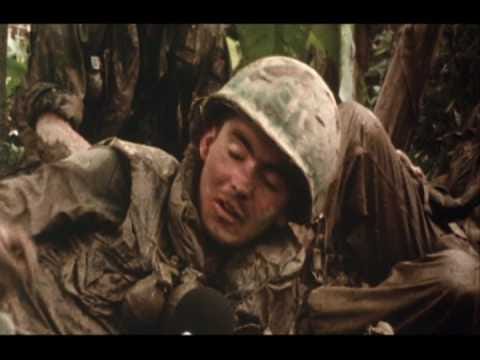5 Documentaries Newly Added to the National Film Registry and Where to Watch Them
In one of the lightest years for documentary additions, five nonfiction films have been named to the National Film Registry. The Library of Congress selects 25 American titles for preservation annually, labeling the works as “culturally, historically, or aesthetically significant.” Sometimes with the nonfiction selections, it’s a package deal of home mo…
Keep reading with a 7-day free trial
Subscribe to Nonfics to keep reading this post and get 7 days of free access to the full post archives.



